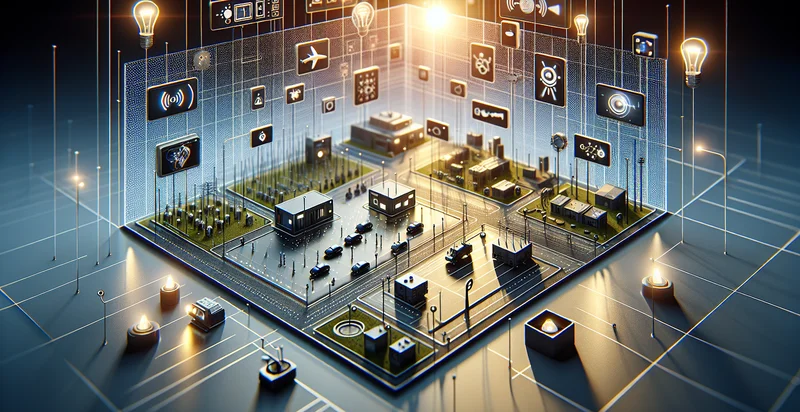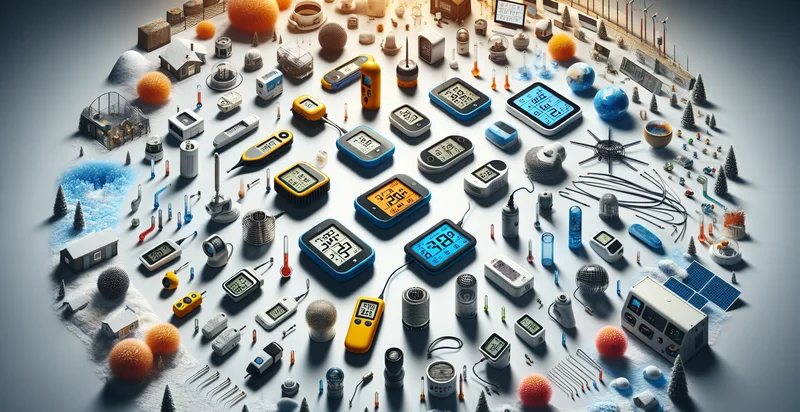Identify sensor functions
using AI
Below is a free classifier to identify sensor functions. Just input your text, and our AI will predict if a sensor is functioning properly - in just seconds.

Contact us for API access
Or, use Nyckel to build highly-accurate custom classifiers in just minutes. No PhD required.
Get started
import nyckel
credentials = nyckel.Credentials("YOUR_CLIENT_ID", "YOUR_CLIENT_SECRET")
nyckel.invoke("sensor-functions", "your_text_here", credentials)
fetch('https://www.nyckel.com/v1/functions/sensor-functions/invoke', {
method: 'POST',
headers: {
'Authorization': 'Bearer ' + 'YOUR_BEARER_TOKEN',
'Content-Type': 'application/json',
},
body: JSON.stringify(
{"data": "your_text_here"}
)
})
.then(response => response.json())
.then(data => console.log(data));
curl -X POST \
-H "Content-Type: application/json" \
-H "Authorization: Bearer YOUR_BEARER_TOKEN" \
-d '{"data": "your_text_here"}' \
https://www.nyckel.com/v1/functions/sensor-functions/invoke
How this classifier works
To start, input the text that you'd like analyzed. Our AI tool will then predict if a sensor is functioning properly.
This pretrained text model uses a Nyckel-created dataset and has 2 labels, including Malfunctioning and Working.
We'll also show a confidence score (the higher the number, the more confident the AI model is around if a sensor is functioning properly).
Whether you're just curious or building sensor functions detection into your application, we hope our classifier proves helpful.
Related Classifiers
Need to identify sensor functions at scale?
Get API or Zapier access to this classifier for free. It's perfect for:
- Anomaly Detection in Manufacturing: This use case leverages the sensor functions identifier to monitor equipment performance in real-time. By classifying sensor data outputs, businesses can identify abnormal patterns that signify potential machinery failures, allowing for proactive maintenance and reduced downtime.
- Environmental Monitoring: The true text classification function can categorize data collected from environmental sensors measuring air quality, temperature, and humidity. Businesses can utilize this information to ensure compliance with environmental regulations and implement strategies to improve sustainability.
- Smart Home Automation: In smart home devices, sensor function classification can identify and differentiate between temperature, motion, and sound sensors. Based on this classification, the system can automate responses, such as adjusting climate control or activating security measures when motion is detected.
- Healthcare Monitoring: The sensor functions identifier can classify data from medical devices like heart rate monitors and glucose sensors. This classification aids healthcare providers in analyzing patient data effectively and making timely interventions, ultimately enhancing patient care.
- Supply Chain Management: Companies can use sensor data classification to track the condition of products during transportation. By identifying parameters like temperature and humidity levels, businesses can maintain product integrity and ensure compliance with safety standards.
- Smart Farming: In agriculture, the classification of sensor functions could help in analyzing soil moisture, temperature, and crop health. By leveraging this data, farmers can optimize irrigation schedules and improve crop yields while reducing resource waste.
- Urban Infrastructure Monitoring: Cities can deploy sensor networks to monitor infrastructure like bridges, roads, and public transportation systems. The classification of sensor data enables authorities to detect stress levels and vibrations, facilitating timely maintenance and enhancing public safety.


